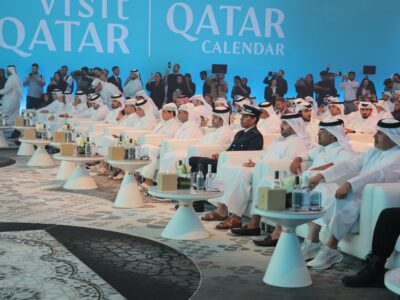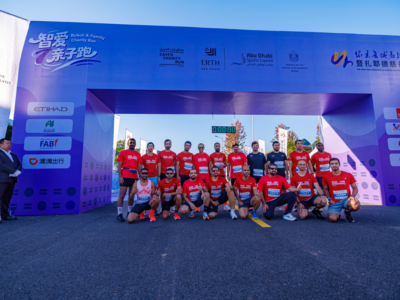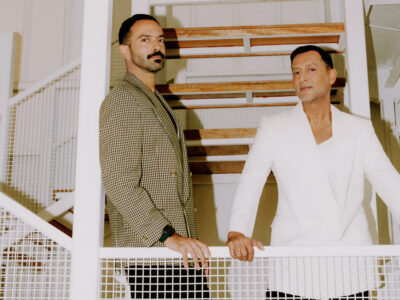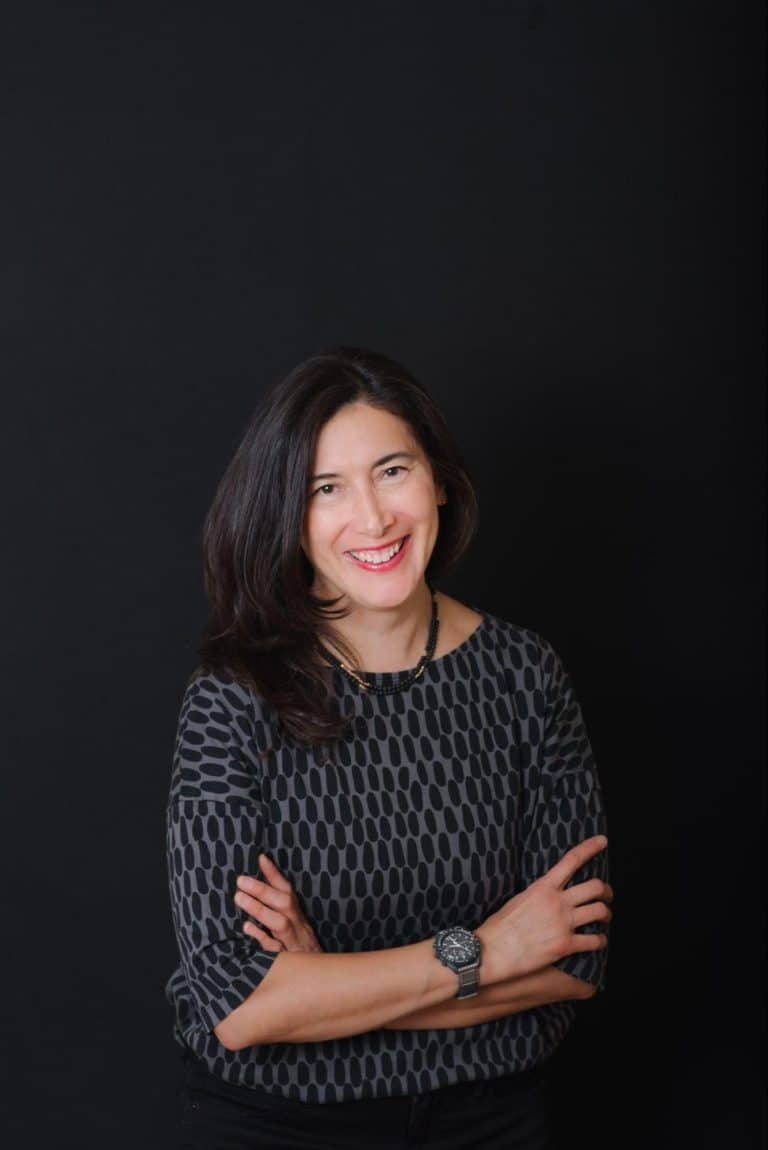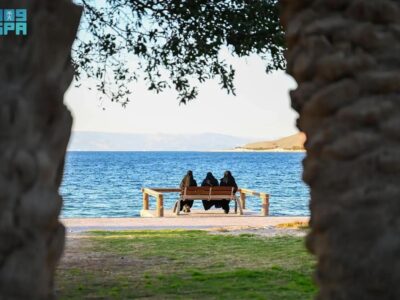Museums, science centers, aquariums, and other similar institutions play a vital role in imparting knowledge and stimulating curiosity in individuals, especially children, in ways that cannot be taught within the walls of a classroom. These institutions provide a hands-on, real-life appreciation of various learning topics and inspire visitors to continue learning on their own, even after leaving the exhibit.
As society becomes more diverse and multicultural, museums need to keep up with the changing culture and become more sensitive to the various backgrounds, needs, and abilities of their visitors. Diversity, equity, accessibility, and inclusion (DEAI) isn’t just for offices and workplaces. Museums can also benefit from this principle to ensure that their exhibits reach as many people as possible. This is where Yellow Cow Consulting, founded by DEAI expert and educator Amparo Leyman Pino, specializes.
Since 1994, Amparo has been applying her pedagogical experience to develop content and programs for museums, before moving into institutional leadership and administration roles. She has worked with various museums around the world, such as the Mission Future exhibition at the Arizona Science Center, Technorama – the Swiss Science Center, and the Oregon Museum of Science and Industry’s Creatividad Silvestre, a Spanish-language exhibit on biomimicry. Amparo also co-founded a school in Mexico City that applies innovative educational philosophies in its curriculum.
As head of Yellow Cow Consulting, Amparo provides services such as content development, and creating programs and exhibits that provoke multigenerational participation and are, above all, culturally relevant and inclusive. She works with clients in adapting language and culture to avoid mistakes and cultural inaccuracies, as well as co-create bilingual, multilingual, blended language, and language-neutral learning environments.
Yellow Cow also provides the vision, strategy, and training to help cultural institutions reflect the vibrant communities they serve. This creates a future-proof organization that works collaboratively with its audiences. This includes teaching public-facing staff, museum curators, exhibit developers, and leadership about various DEAI principles such as inclusive and accessible design, how to listen to audiences and transform that learning into co-created content, and rooting out unconscious bias among staff and leadership.
Amparo and Yellow Cow have developed a three-step method to ensure that these programs have lasting success that will benefit client institutions, their staff, and their visitors.
The first step is known as Mirror, and it involves Amparo listening, learning, and understanding the client organization’s culture. She is intensely curious about the organization and asks various questions that will help her determine the best course of action and which team members to enlist. For example, if the project involves multilingual exhibits, then she hires linguists and other experts who have a thorough understanding of the various nuances of the languages involved. The Mirror step is the process of gaining an intimate understanding of the client and the project’s goal.
The second step is Marriage, where Yellow Cow works very closely with the client, integrating with their team at a deep level. It’s not just the team that becomes tightly integrated, but also the process or the product. If a project is English-Spanish bilingual, the work is so intertwined that it is almost impossible to determine which is the source language. This results in a cohesive exhibit, program, and curriculum. Amparo likens this to a three-legged race, where both parties learn, design, prototype, and execute together. Yellow Cow takes a warm and personal approach throughout this step, connecting not only to the content but also to the institution and its target audience. This creates the perfect playground for every participant in the project, resulting in an open and more spontaneous exchange of ideas.
The third step is Future, where Yellow Cow and the client assess the various achievements, learnings, and failures along the way. This creates a solid foundation for future growth by creating awareness, building capacity, and laying the foundations for continued improvement. Thanks to the close relationship formed during the project, Amparo remains in touch with the institutions she has worked with and is genuinely interested in their success.
“I always tell my clients that my goal is for them to no longer need to hire me anymore,” she says. “I want them to be able to do the things I taught them on their own and be able to create a new exhibition or program in the future without my help. In 2012, I did a project for the Children’s Museum of Jordan. Six years later, in 2018, I attended a conference where they presented, and they were still implementing and improving the project we worked on. It felt like I was seeing my own child all grown up and doing amazing things. It was an incredibly rewarding experience to see how far many of my clients have come, and I look forward to working with even more museums around the world and helping them become more diverse, equitable, accessible, and inclusive.”
Featured Image: Caption: Amparo Leyman Pino, founder of Yellow Cow Consulting.
ITP Media Group newsroom and editorial staff were not involved in the creation of this content.
Brand View allows our business partners to share content with Arabian Business readers.
The content is supplied by Arabian Business Brand View Partners.
